Leaps and bounds
Song Qingrun, associate professor at Beijing Foreign Studies University's School of Asian Studies, said that over the past three decades, relations between China and the Association of Southeast Asian Nations have developed by leaps and bounds.
The two sides established a dialogue mechanism in 1991, and formed a strategic partnership for peace and prosperity in 2003, elevating it to a comprehensive strategic partnership in 2021.
Economic and trade cooperation has been a highlight in China-ASEAN cooperation. The value of trade had jumped from less than $8 billion in 1991 to $878.2 billion in 2021, an increase of more than 100 times.
In 2020, ASEAN became China's largest trading partner for the first time. In addition, China has remained the regional bloc's largest trading partner for 13 consecutive years. Two-way investment exceeded $340 billion by the end of July this year. For 2021, China's investment in ASEAN countries reached $14.35 billion; in turn, they poured $10.58 billion into China.
During the first 10 months of 2022, China's imports and exports to the other 14 countries of the Regional Comprehensive Economic Partnership posted a growth of 8.4 percent. The expansion attests to the regional trade liberalization driven by the trade agreement.
With Jan 1 marking the anniversary of the implementation of the RCEP, Liang Haoguang, director of the China Center for Modernization Research at the Chinese Academy of Sciences, said the trade pact has got off to a good start.
The RCEP covers a market of 2.2 billion people in territories with a combined economic size of $26.2 trillion, or 30 percent of the world's GDP. It comprises 15 Asia-Pacific countries: the 10 ASEAN member states and China, Japan, South Korea, Australia and New Zealand.
Under the free-trade agreement, more than 90 percent of trade in goods within the region will eventually be tariff-free.
"The RCEP has promoted regional trade and investment liberalization, lowered tariffs, removed intraregional trade barriers, and boosted economic integration in the Asia-Pacific region," Liang said. "It is an all-dimensional and multiform cooperation platform that has injected strong impetus to the post-COVID-19 economic recovery in the region."
Farmers have been among the main beneficiaries. From Cambodian rice to Thai fragrant coconut and Vietnamese passion fruit and durian, a growing number of agricultural products from ASEAN countries have easier access to the Chinese market thanks to the RCEP.
"Since the RCEP went into effect, especially after China recently allowed imports of a number of Vietnamese agricultural products such as durian, bird's nest, sweet potato and passion fruit, Vietnamese enterprises nationwide, including our company, have found big opportunities to export new products to our northern neighbor," Dinh Gia Nghia, deputy general director of Dong Giao Foodstuff Export Joint Stock Company in the northern province of Ninh Binh, told Xinhua News Agency in December.
He said that with the upcoming Lunar New Year Festival, the demand from the Chinese market will account for more than 50 percent of Vietnam's fresh fruit exports.
In 2023, Vietnam's fruit and vegetable exports to China may increase by 20 to 30 percent, mainly thanks to smoother transport, quicker customs clearance, lower tariffs under the RCEP, and e-commerce development, Nghia said, adding that his company is also looking forward to exporting frozen durian to the neighboring country.
"Besides durian, other fruits such as passion fruit, banana, pineapple, and mango still have many opportunities for export growth to China, as long as they meet the requirements of Chinese partners, like complying with full and strict procedures from planting to harvesting, preserving and packing," he said.
So far, at least 66 kinds of fruit from nine countries, including Vietnam, Thailand, the Philippines, and Cambodia, have gained approval to be imported into China.













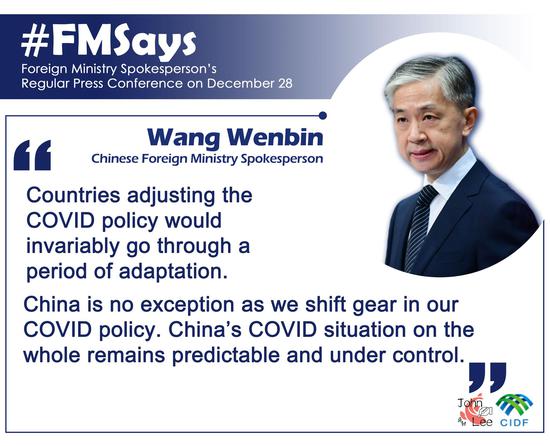
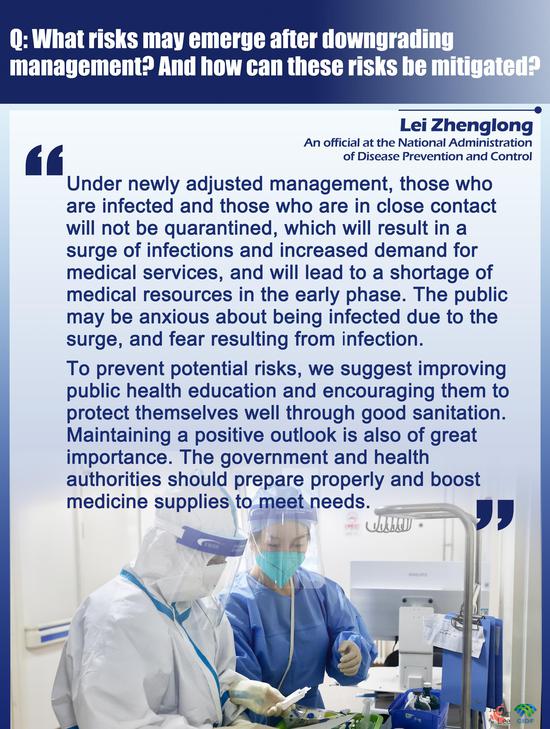

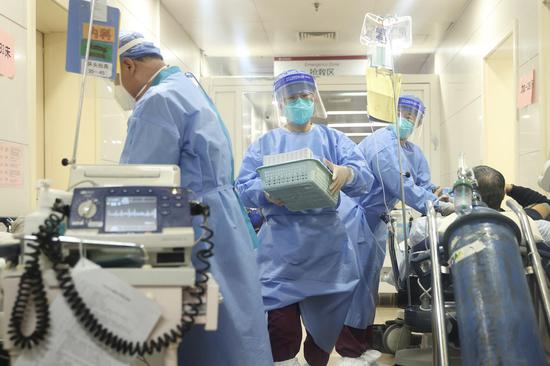
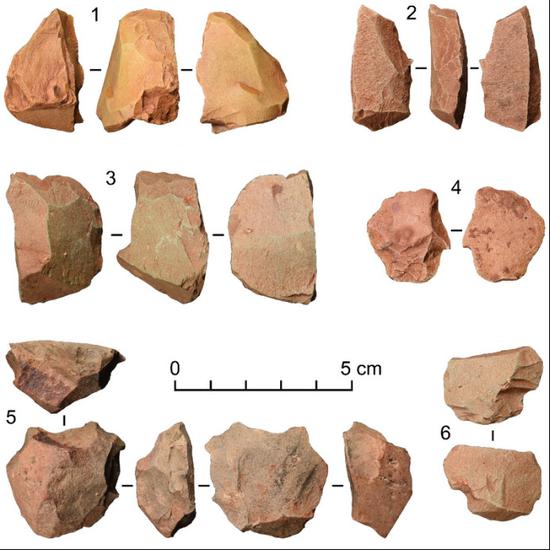

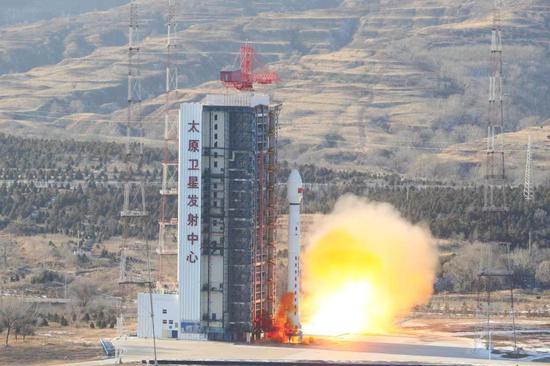


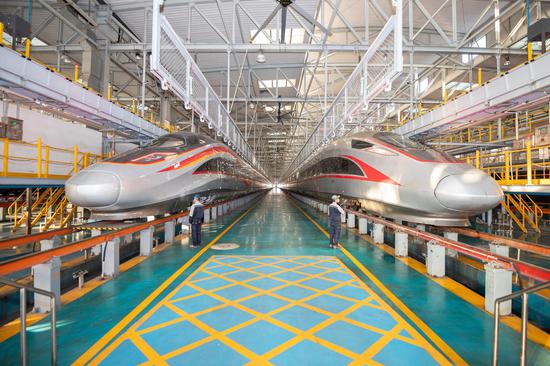

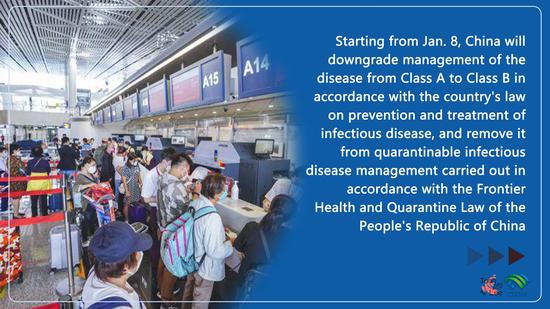
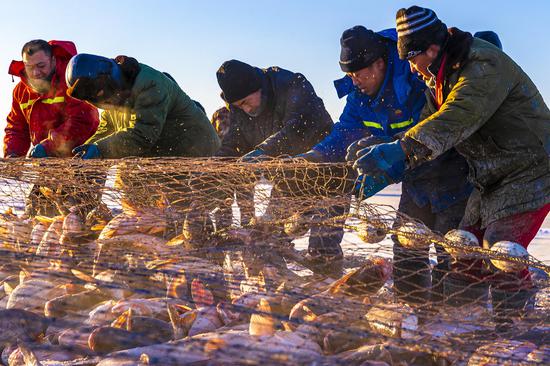

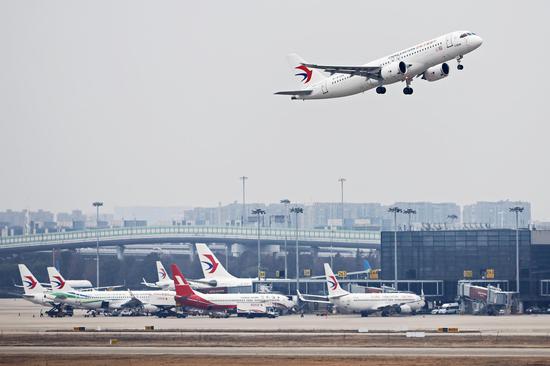


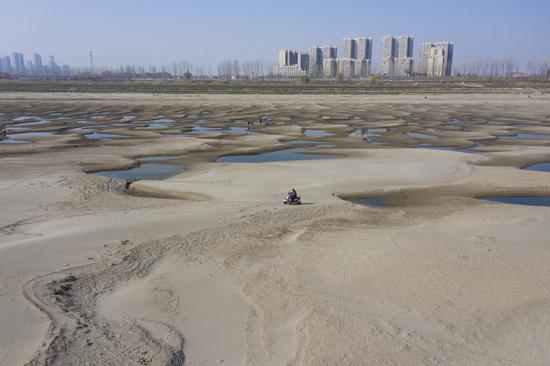
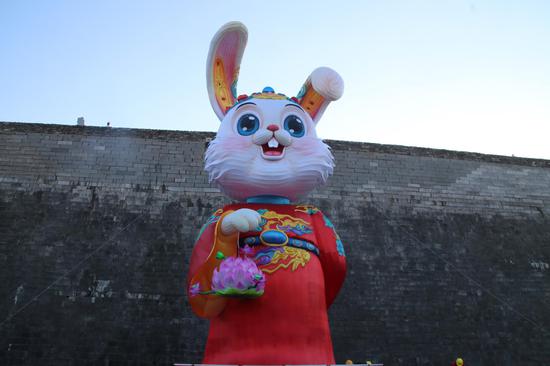


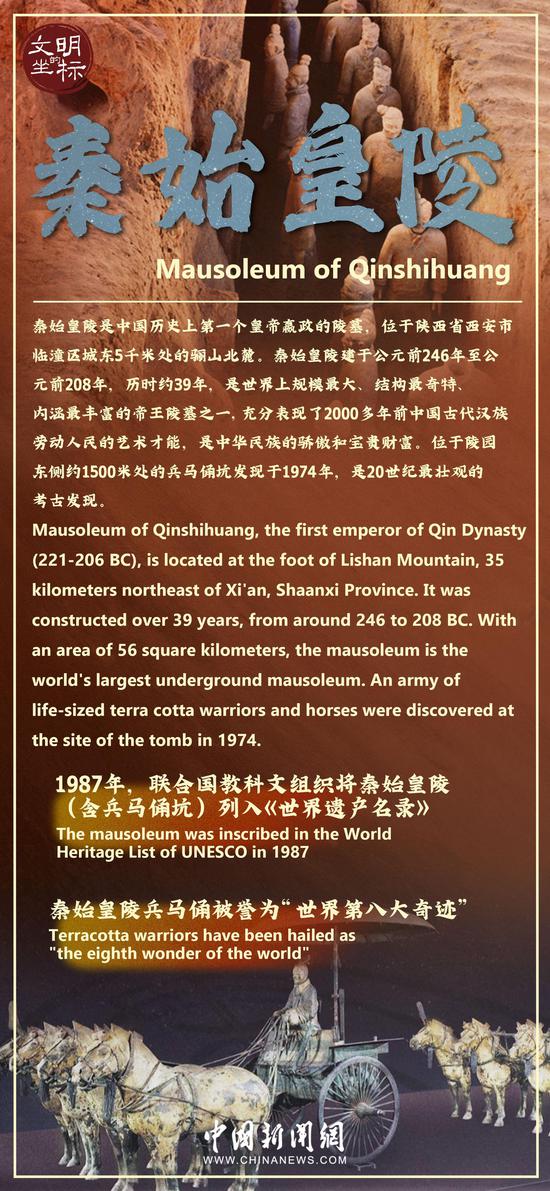
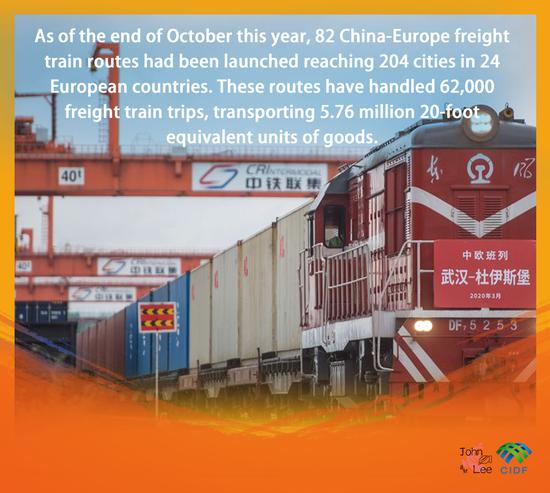










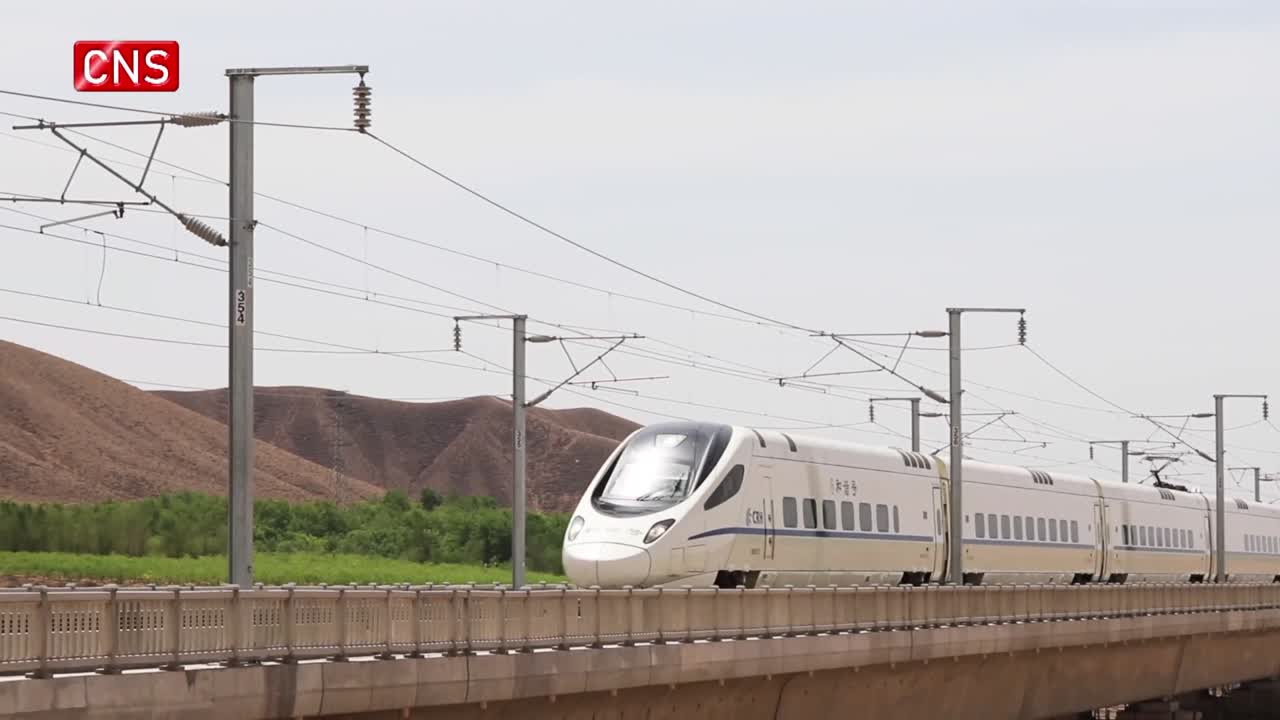



 京公网安备 11010202009201号
京公网安备 11010202009201号